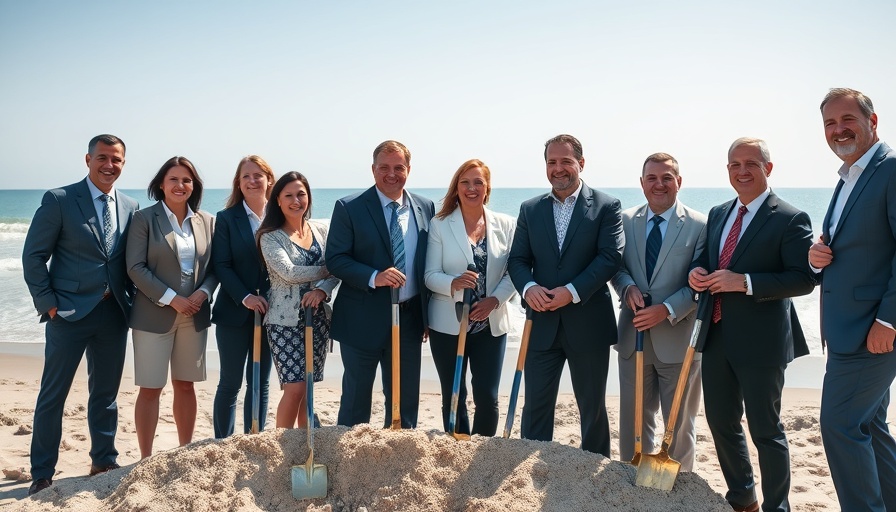
Investors Brace for Guyana's Transformative 2025 Elections
As Guyana approaches its pivotal general and regional elections on September 1, 2025, excitement and tension fill the air, especially among investors eager to tap into the country's burgeoning oil-driven economy. With different political parties unveiling their strategies to harness and manage the nation’s oil wealth, the stakes have never been higher.
PPP/C: Trust Us With Your Investments
The incumbent People’s Progressive Party/Civic (PPP/C) is framing its future vision around the theme of safety and stability. Led by Irfaan Ally, the party promises transparent governance and effective management through a robust Sovereign Wealth Fund and rigorous contract oversight. Investors can look forward to sweeping tax incentives, including the removal of VAT on key exported goods and significant infrastructure projects such as a deep-water port and a high-span bridge over the Demerara River. The PPP/C’s agenda emphasizes long-term sustainability through a strengthened human capital strategy, offering substantial online scholarships and free university education in the near future.
APNU: The Call for Stability and Fiscal Prudence
On the flip side, a strong challenge emerges from the opposition A Partnership for National Unity (APNU), under the guidance of Aubrey Norton. The party takes a critical stance, citing concerns over past mismanagement of oil revenues. Its appeal targets assurance—through a focus on fiscal discipline, fair governance, and sustainable management of petroleum revenues. Their pitch resonates with voters as it includes efforts to strengthen regional ties and ensure a comprehensive social safety net for all citizens, aiming to stimulate inclusive economic growth.
Introducing WIN: A New Kid on the Block
Then enters the new player, We Invest in Nationhood (WIN), led by businessman Azruddin Mohamed. Within just a few months, WIN has captivated the electorate, proposing aggressive tax reductions and enhancements for the private sector. Tax cuts touted include lowering VAT from 14% to a surprising 10%, and reducing the personal income tax rate from 25% to 20%. This approach aims to increase disposable income and stimulate business investments, making it an interesting alternative for economically-driven voters.
Conclusion: Choose Wisely!
With divergent visions presented by the three major parties, Guyanese voters face the critical task of making informed choices that will shape the nation’s economic landscape for decades to come. Ultimately, the direction chosen could attract international investors and propel Guyana onto the global stage as a regional powerhouse. The question remains: which party's vision will prevail?
 Add Row
Add Row  Add
Add 




Write A Comment